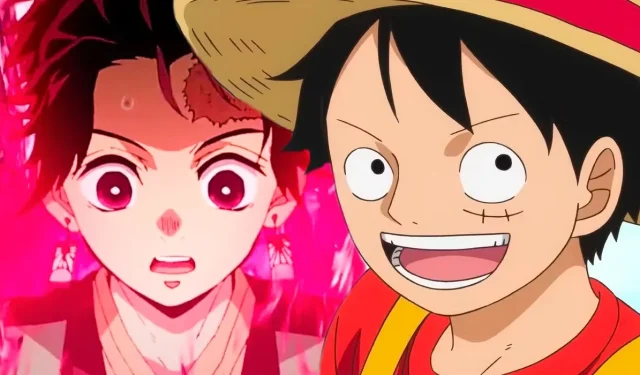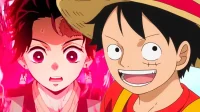Demon Slayer has emerged as the standout anime of its generation, and much of its acclaim can be attributed to the exceptional work of Ufotable. Their stunning adaptation, characterized by vibrant colors and fluid animation, effectively brings the universe created by Koyoharu Gotouge to life. However, while animation certainly captures audience attention, the depth and richness of its narrative often go underappreciated.
The storyline is compelling, chronicling the protagonist’s quest to eradicate demons while simultaneously evolving in strength. A closer look at Tanjiro Kamado, however, reveals that the series diverges from the well-trodden paths typically seen in Shōnen Jump heroes. Even celebrated series such as One Piece, which boasts extensive world-building, occasionally fall prey to familiar tropes, suggesting that critics who believe the series’ popularity hinges solely on its visuals overlook the singularity of Tanjiro’s character.
How Demon Slayer Defies the “Chosen One”Trope in Shōnen Jump
Tanjiro Kamado: A Distinctive Protagonist Amidst Iconic Characters
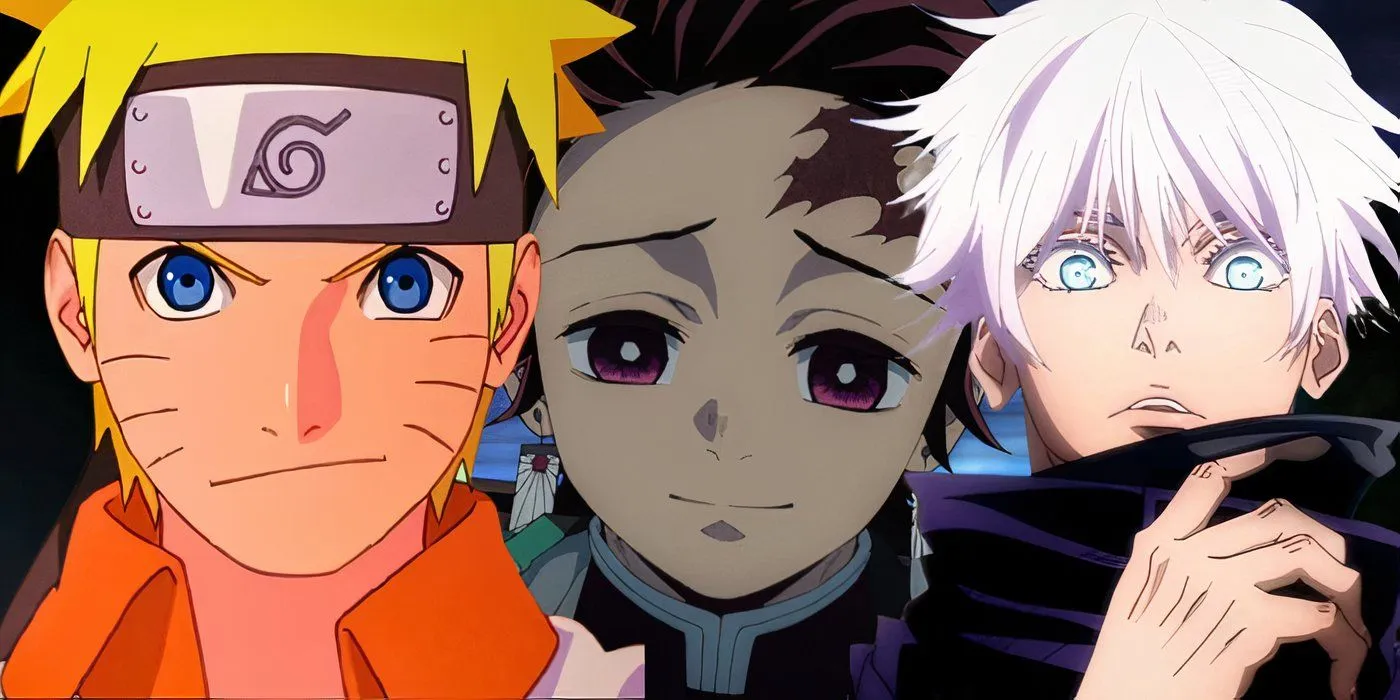
Shōnen Jump has been a cornerstone in the realm of anime and manga, bringing forth iconic series like Naruto and One Piece. Despite their varied narratives, many protagonists in these stories share a commonality: the trope of the “chosen one,”a character destined for greatness. For instance, while One Piece’s complex narrative has depth, its hero Luffy eventually parallels this predestined journey, particularly vivid after the significant time skip in the story.
Similarly, a series like Black Clover seemed initially poised to circumvent the chosen one trope, but soon fell into predictable territory when its protagonist was revealed to possess a unique ability as an anomaly within his world. Even Jujutsu Kaisen, which gained praise for its fresh take on character development, ultimately aligns with this trope as it unveils that Yuji was conceived for the singular purpose of defeating Sukuna, the antagonist.
Most Shōnen anime reveal connections between their heroes and predestined paths from birth. Yet, Demon Slayer stands out by breaking away from this pattern. It arguably sets a new precedent as Tanjiro Kamado seeks his objectives through sheer determination and personal growth, rather than fate.
Understanding How Demon Slayer Shatters Shōnen Conventions
Tanjiro’s Journey: A Testament to Perseverance and Growth
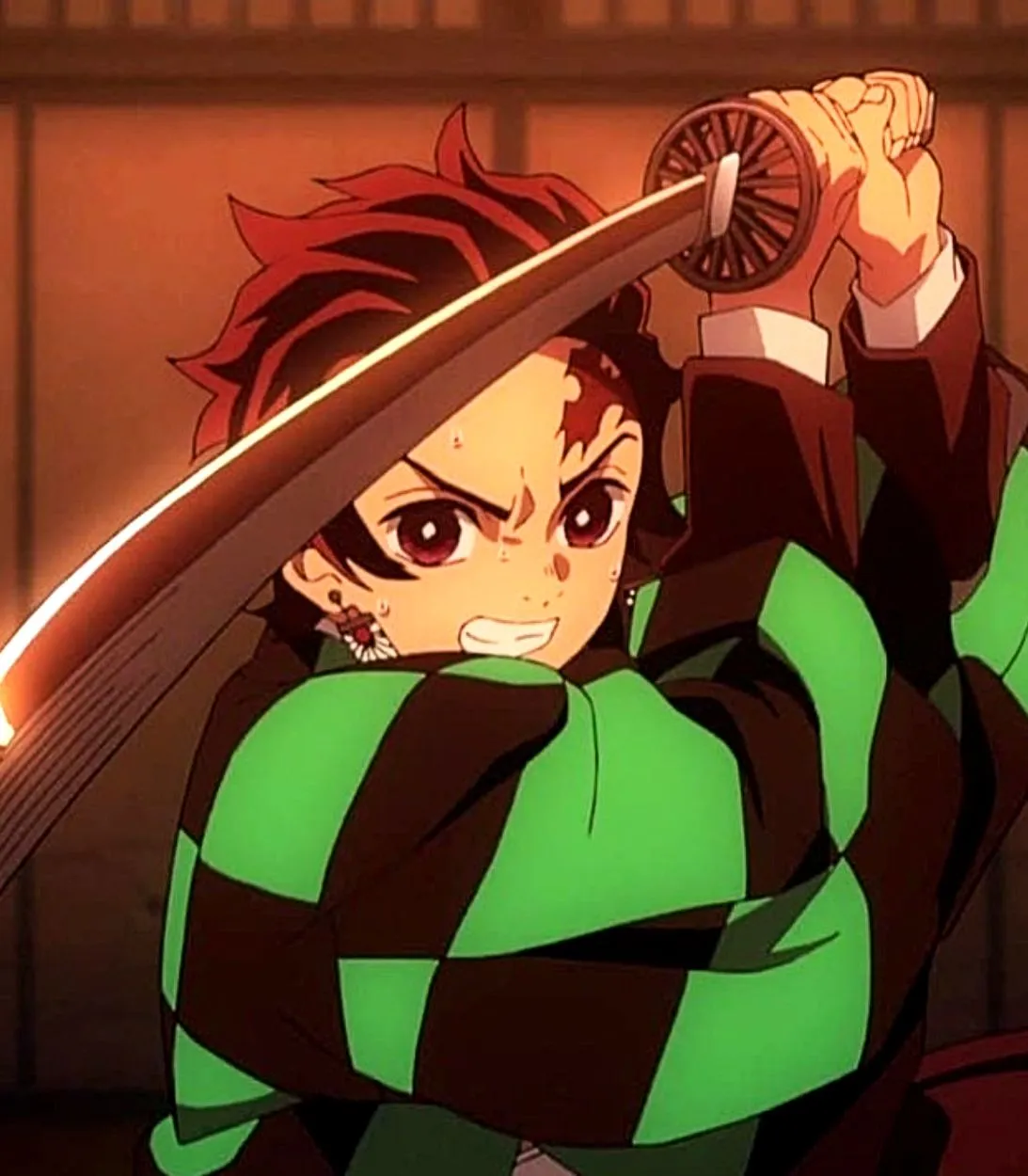
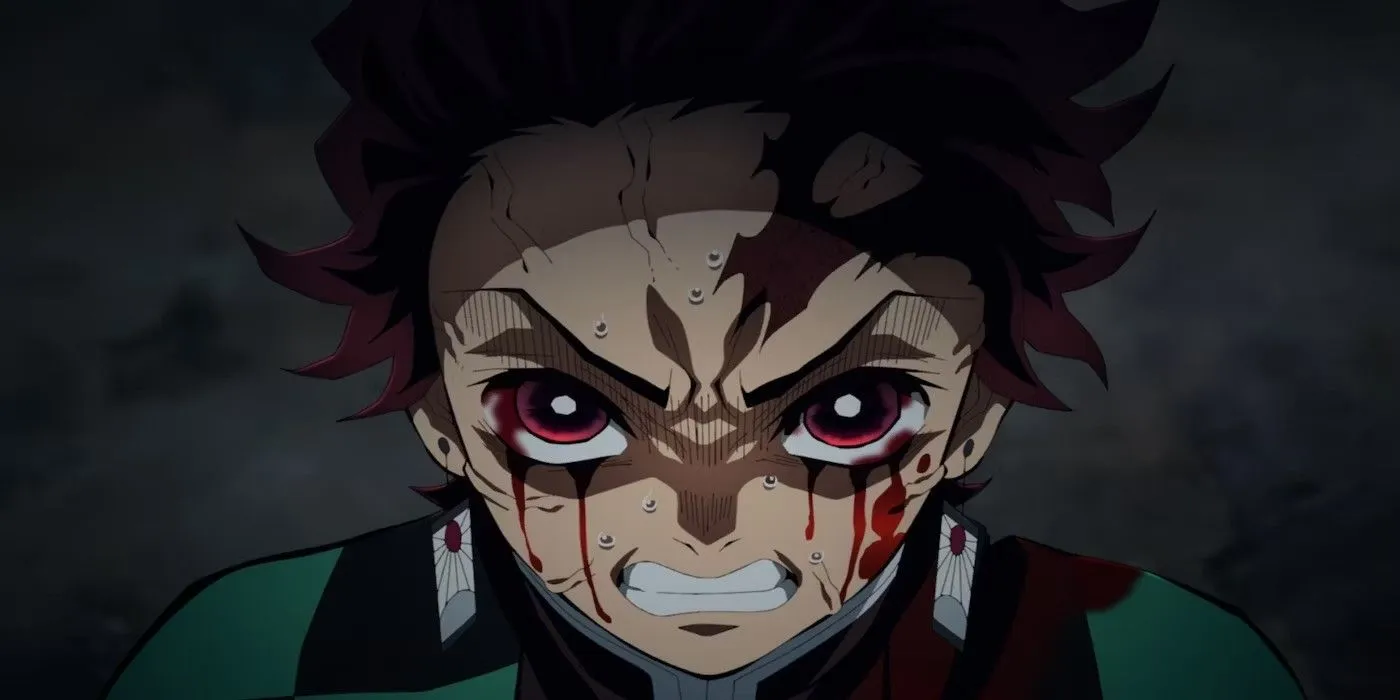
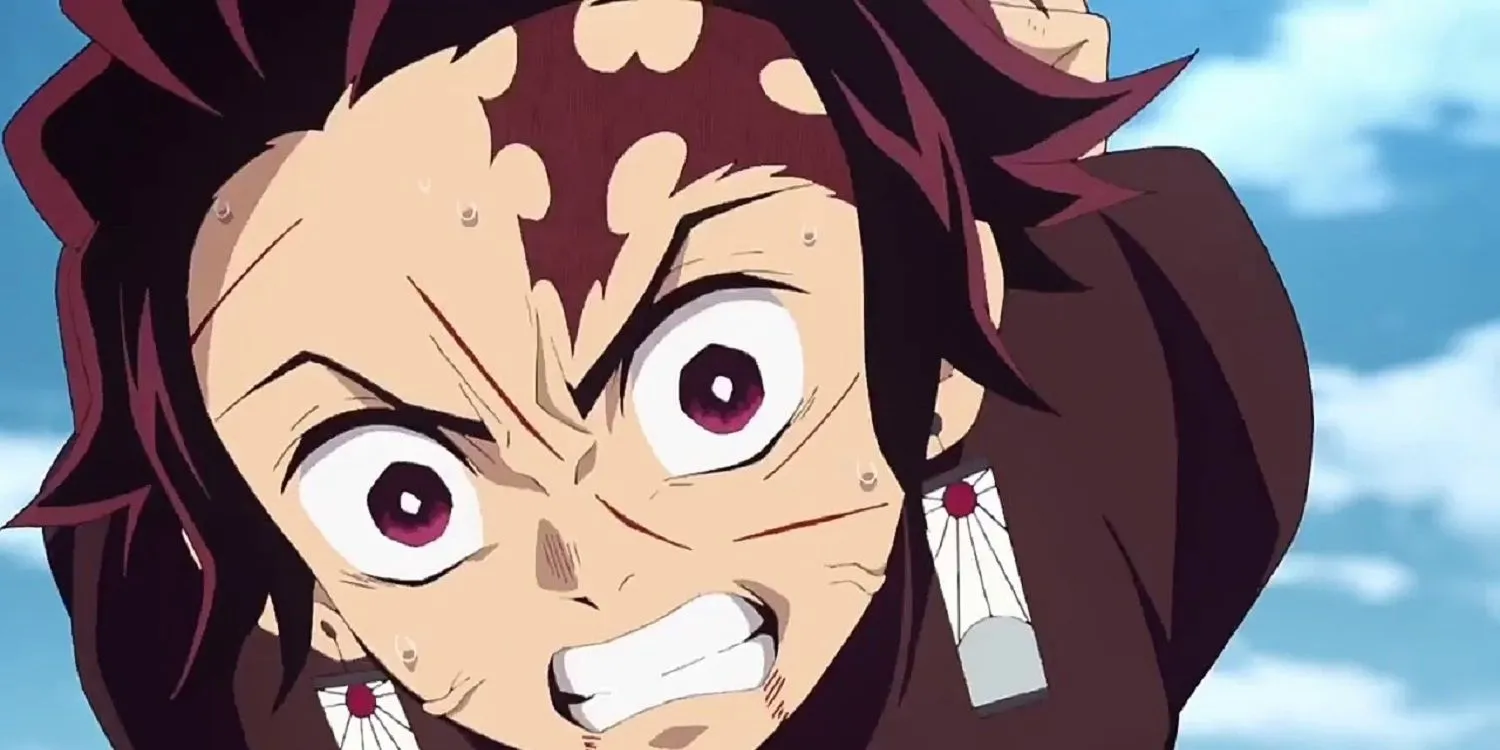
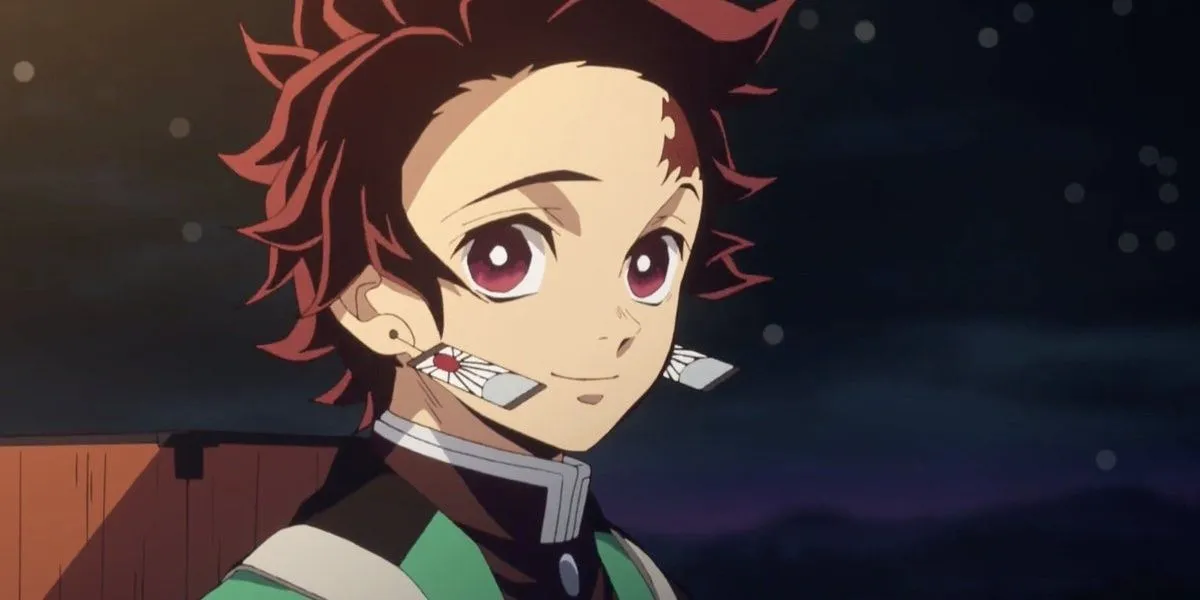
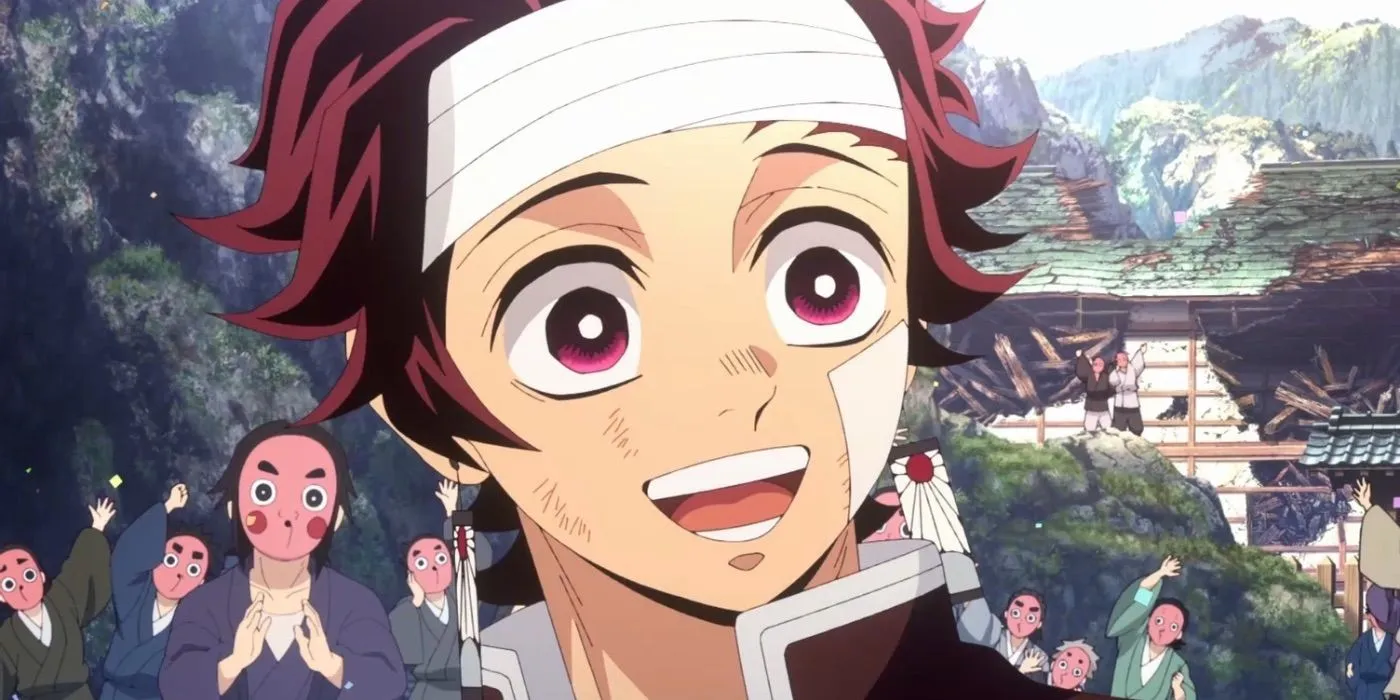
Although Tanjiro is revealed as a descendant of Yoriichi Tsugikuni, creator of the Sun Breathing technique, the narrative refrains from asserting that he inherits these powers through his lineage. Notably, even the demon-slaying mark Tanjiro acquires begins as a mere burn and only transforms after he endures rigorous training and overcomes the Hand Demon during the Final Selection. This journey illustrates that Tanjiro’s evolution into a formidable Demon Slayer derives from his compassionate nature and steadfast resolve to safeguard others.
Tanjiro’s aptitude for the Sun Breathing technique stems from his acute observation skills. His first attempt at harnessing this technique arises in a moment of desperation, triggered by a memory of his father performing it in a ceremonial dance. This indicates that he potentially learned it from his father, who may have received this knowledge from preceding generations, aligning with the idea that such techniques are learned rather than innate.
The series emphasizes Tanjiro’s ascension as a proficient Demon Slayer is propelled by his adaptability, keen observational skills, and relentless pursuit of the powerful Muzan, rather than by predestination. Noteworthy is a moment where he temporarily taps into the Lightning Style while chasing the Upper Moon Rank Four demon, further solidifying that his success is a result of diligence, not cosmic favor. This lack of a unique, self-developed technique further supports that Tanjiro is not a “chosen one”but a dedicated learner.
By the story’s conclusion, even the ultimate ability of a Demon Slayer—the capacity to perceive the lifeforce of others—is accessible to multiple Hashira. This further reinforces that Tanjiro, while not entirely immune to the “chosen one”characterization, approaches the narrative of Shōnen anime by illustrating a protagonist who indeed dismantles the predestined journey trope.
